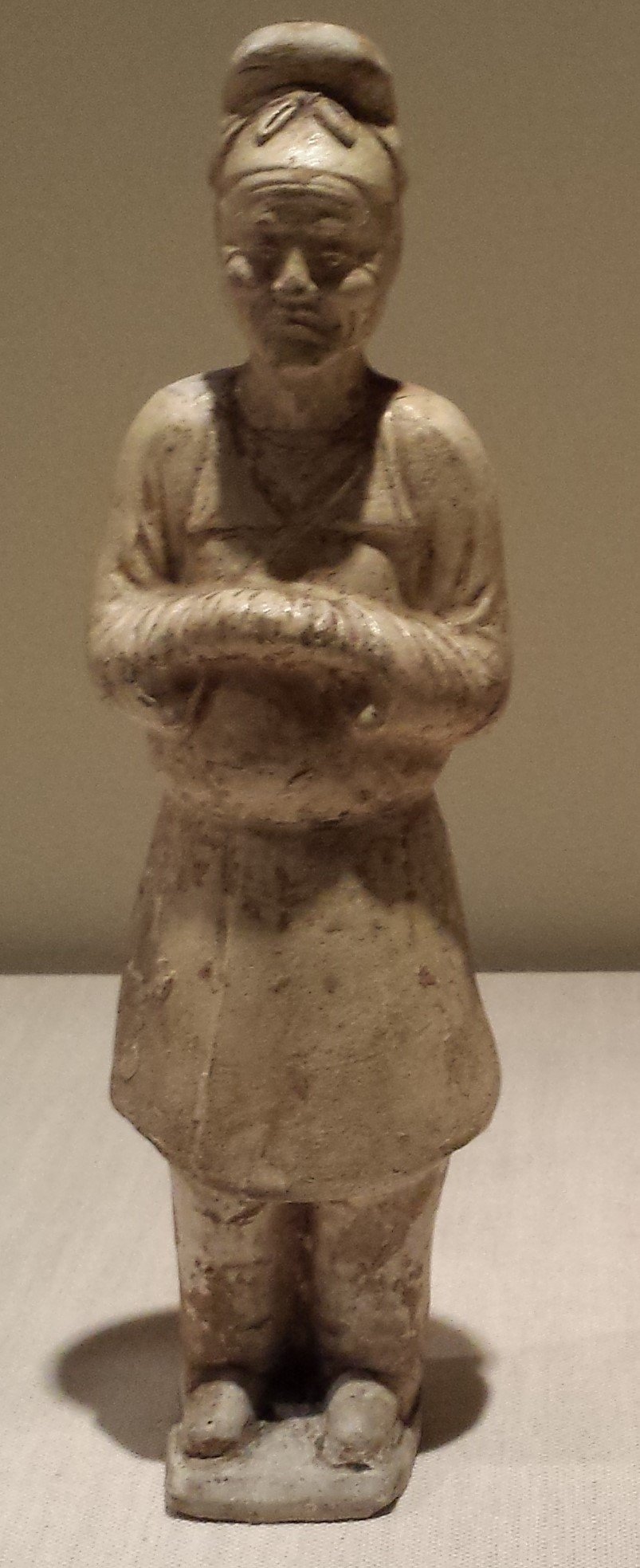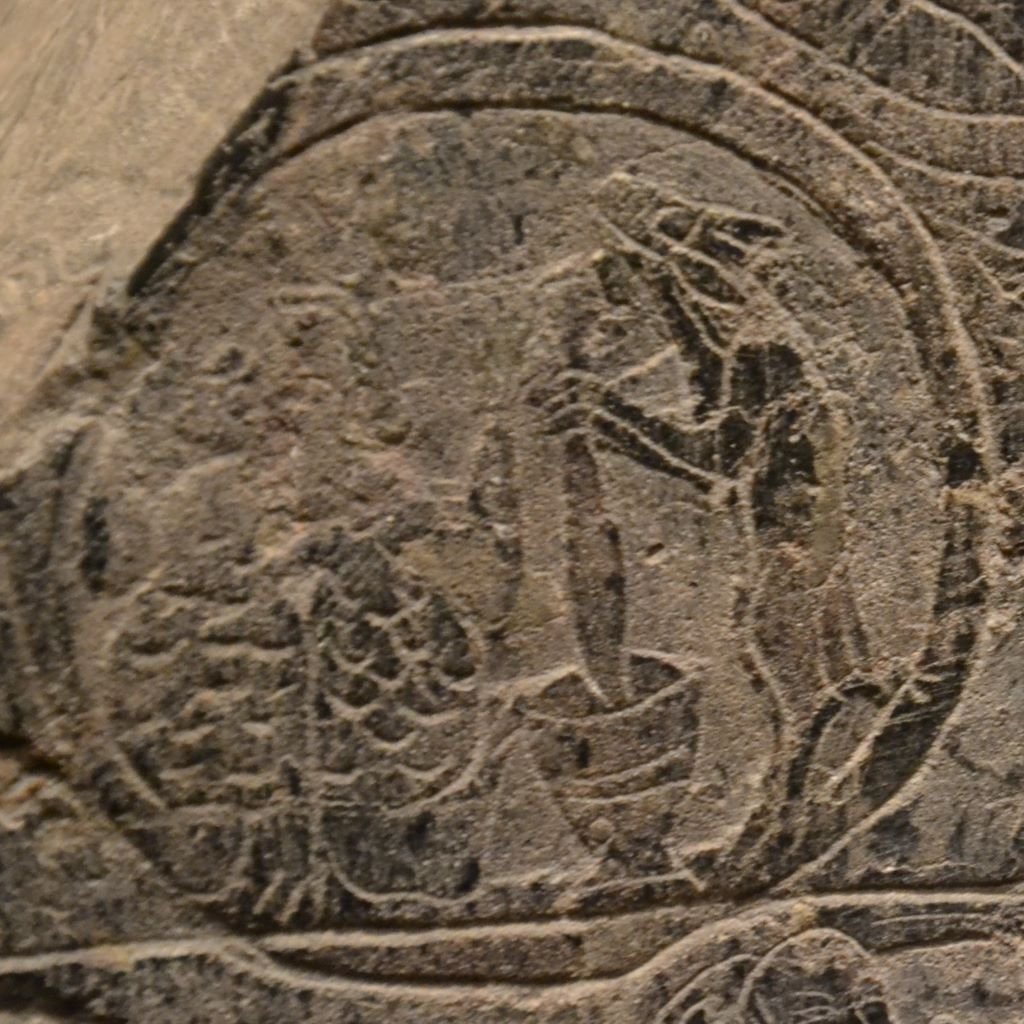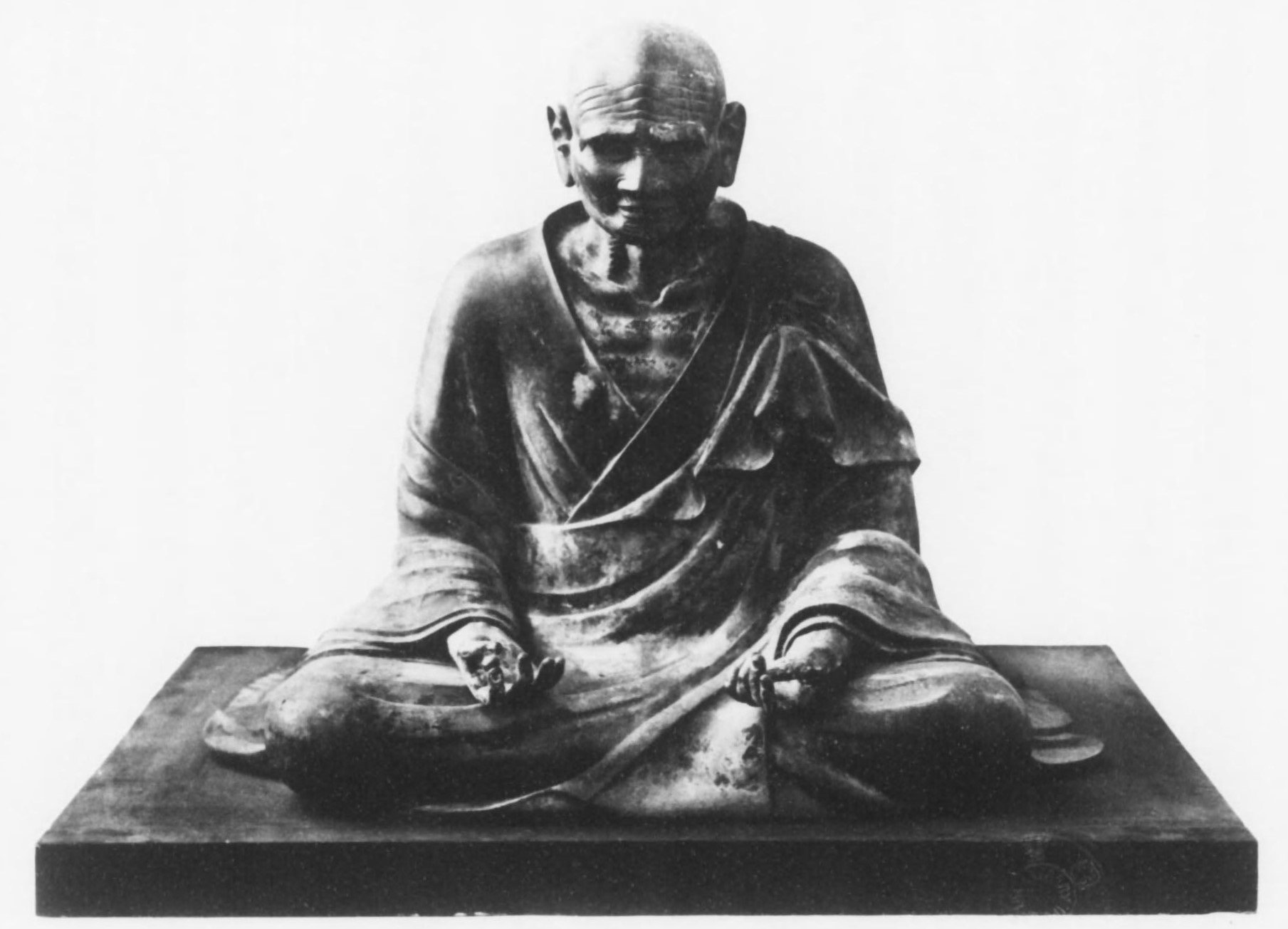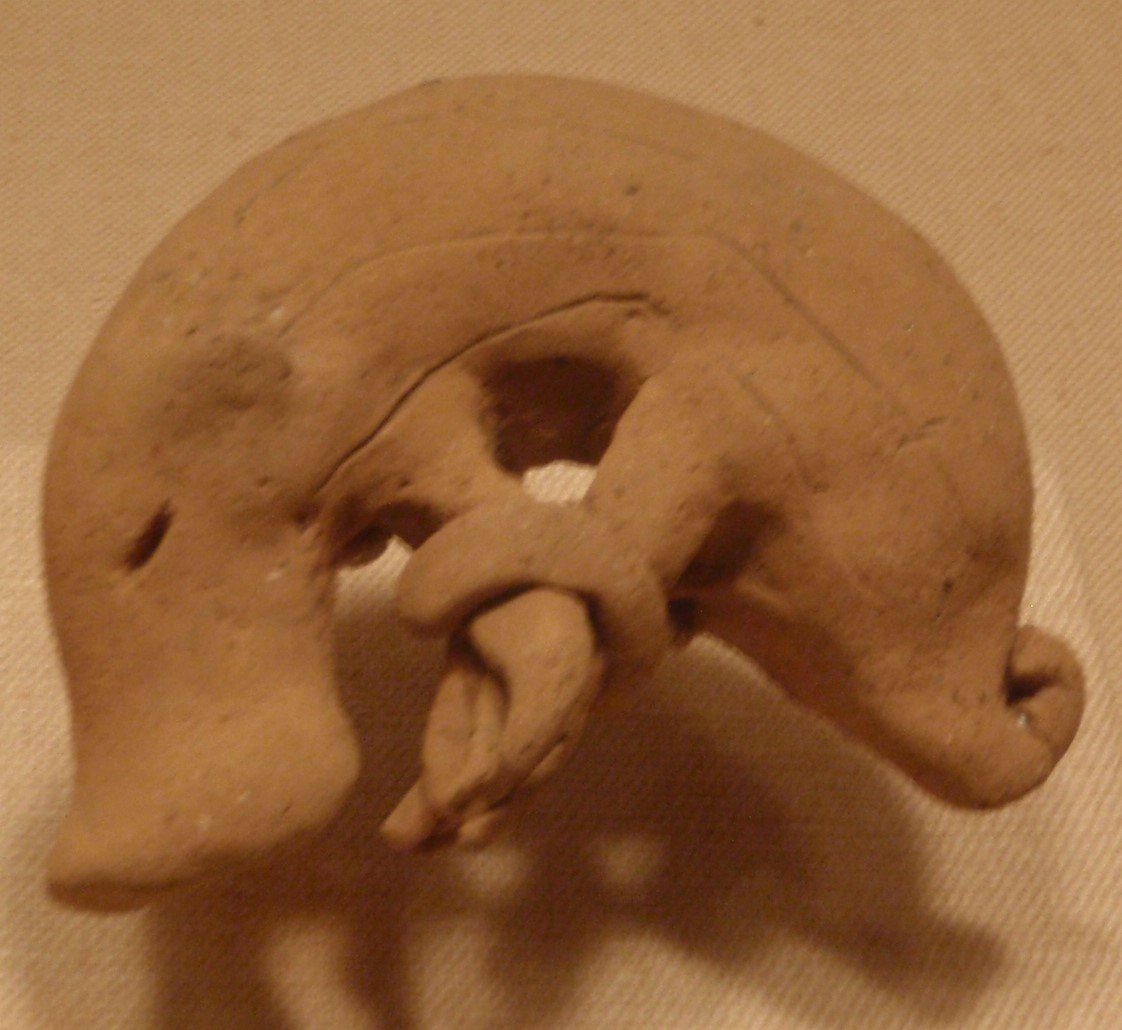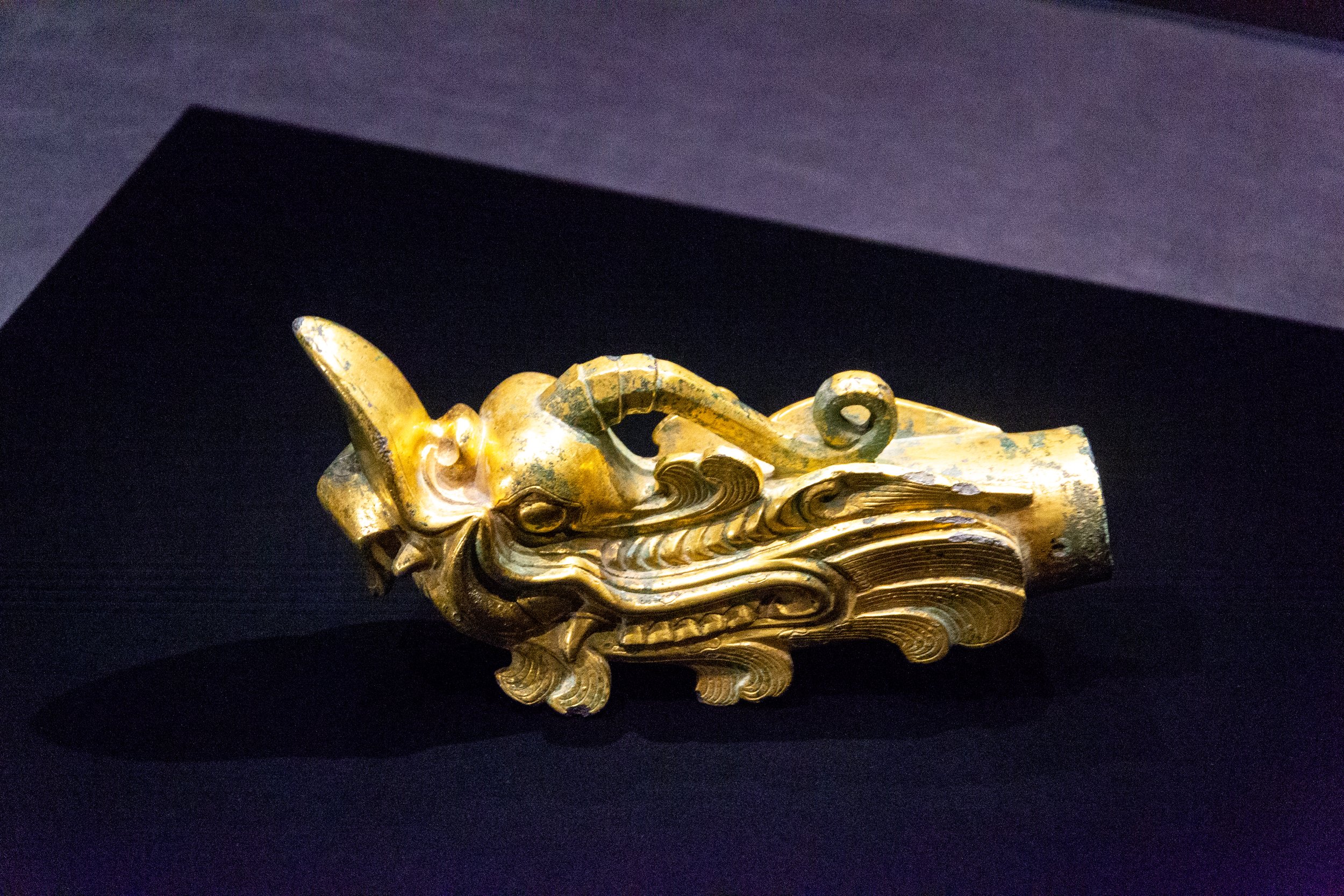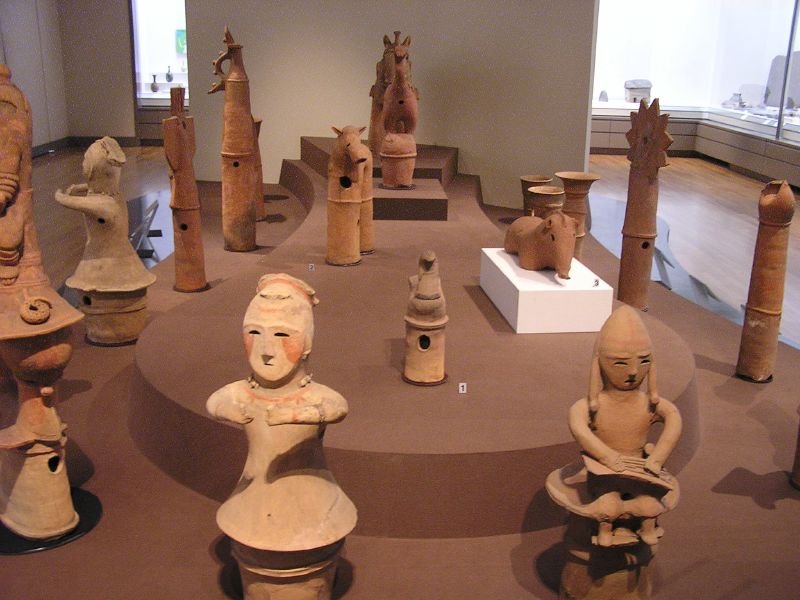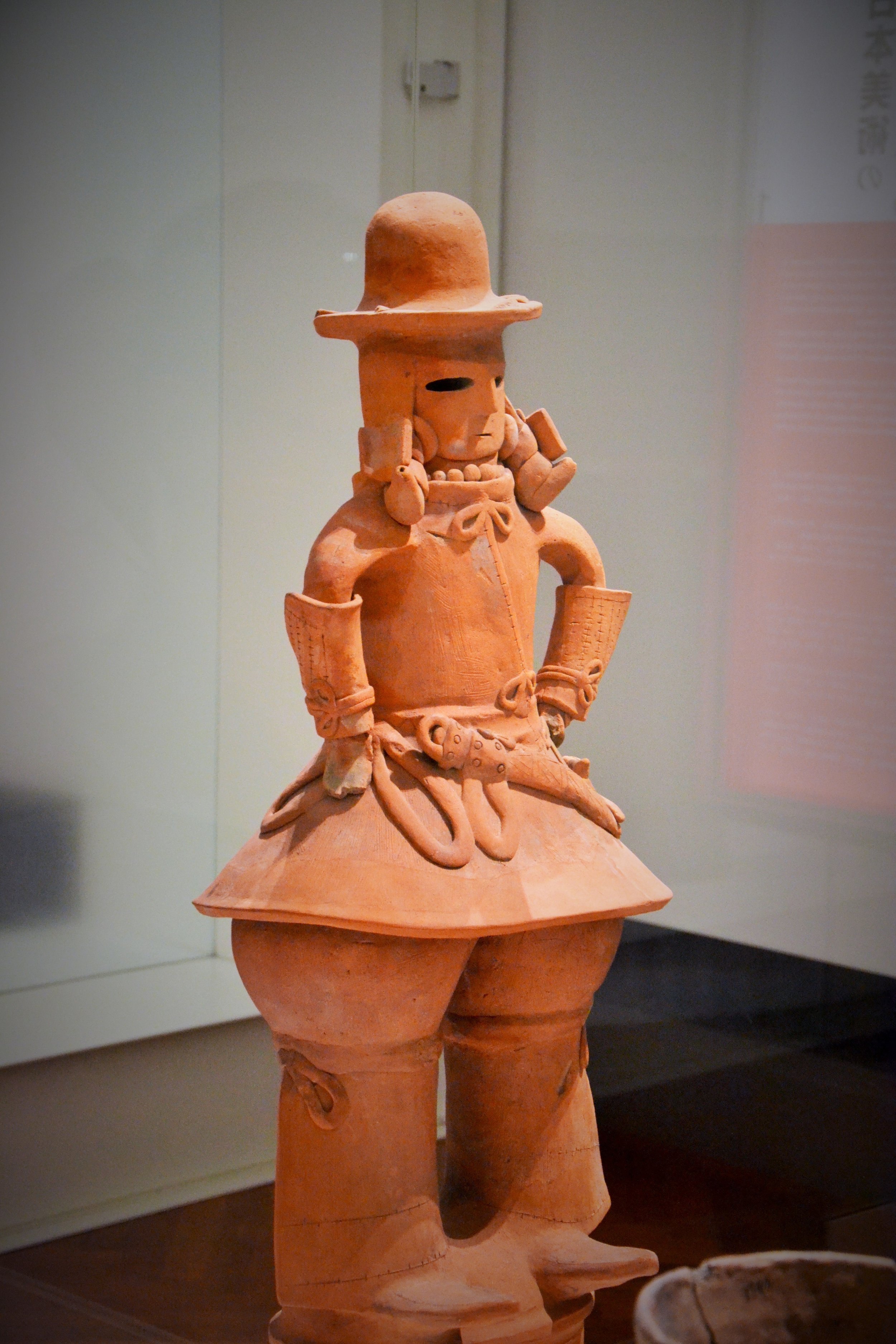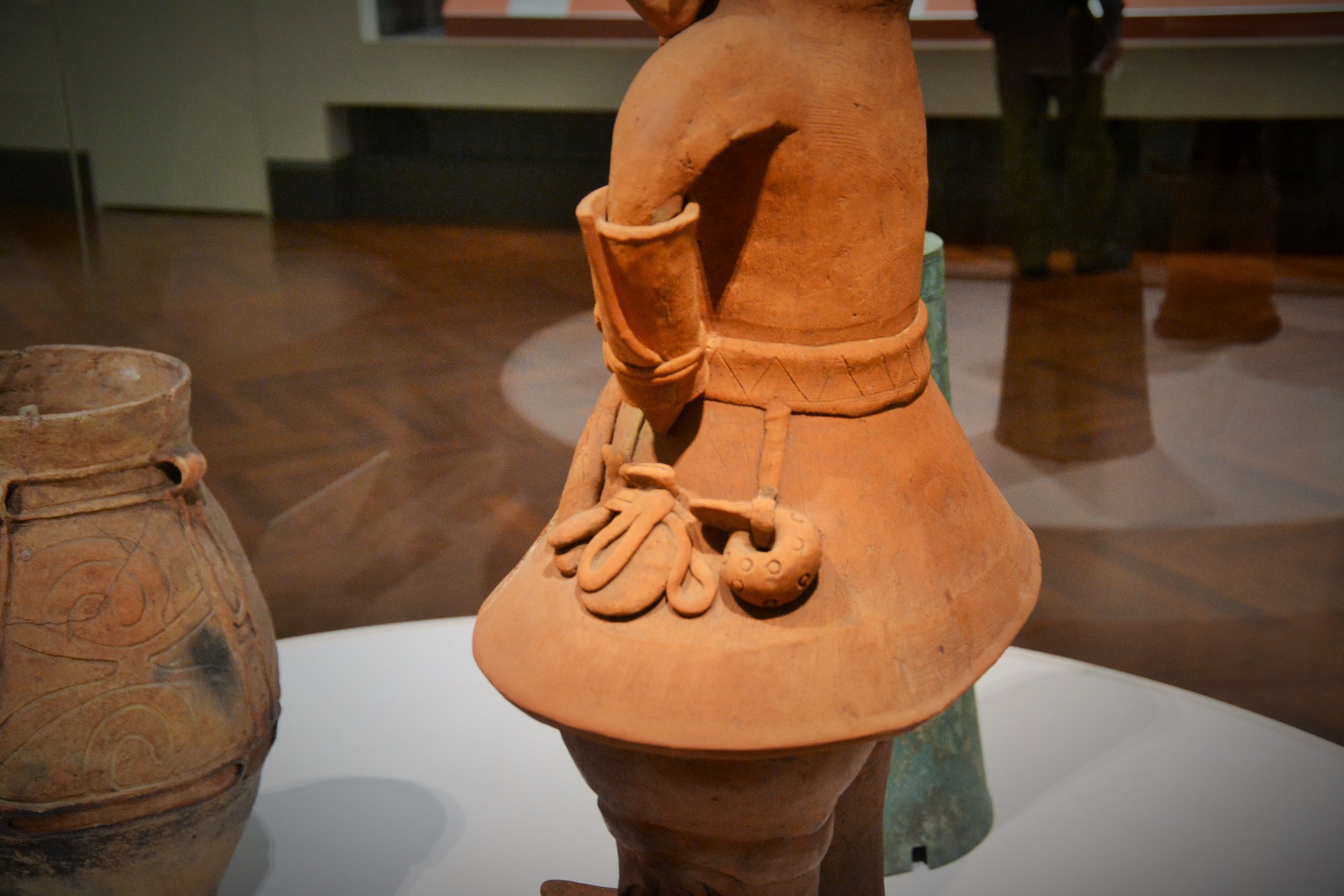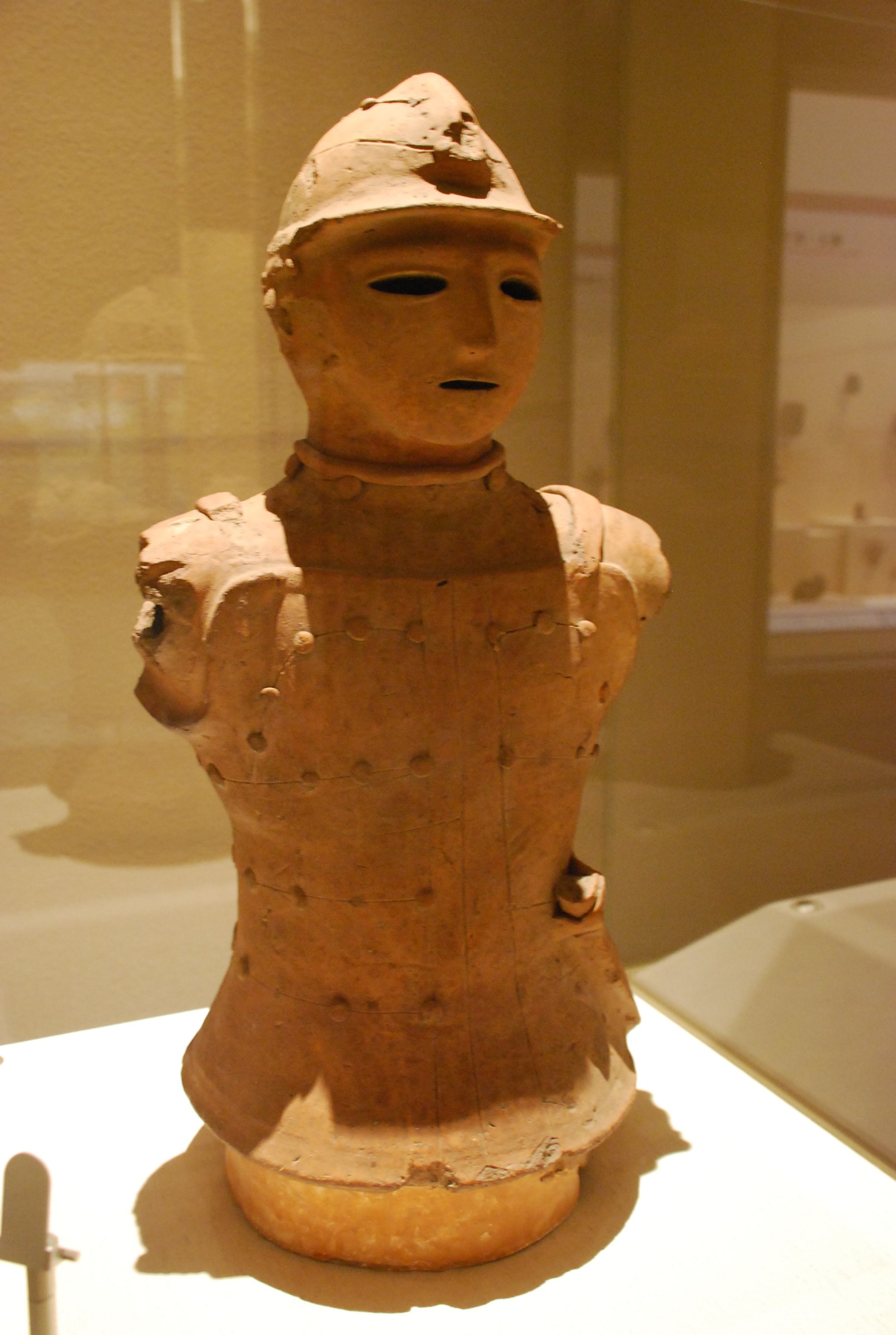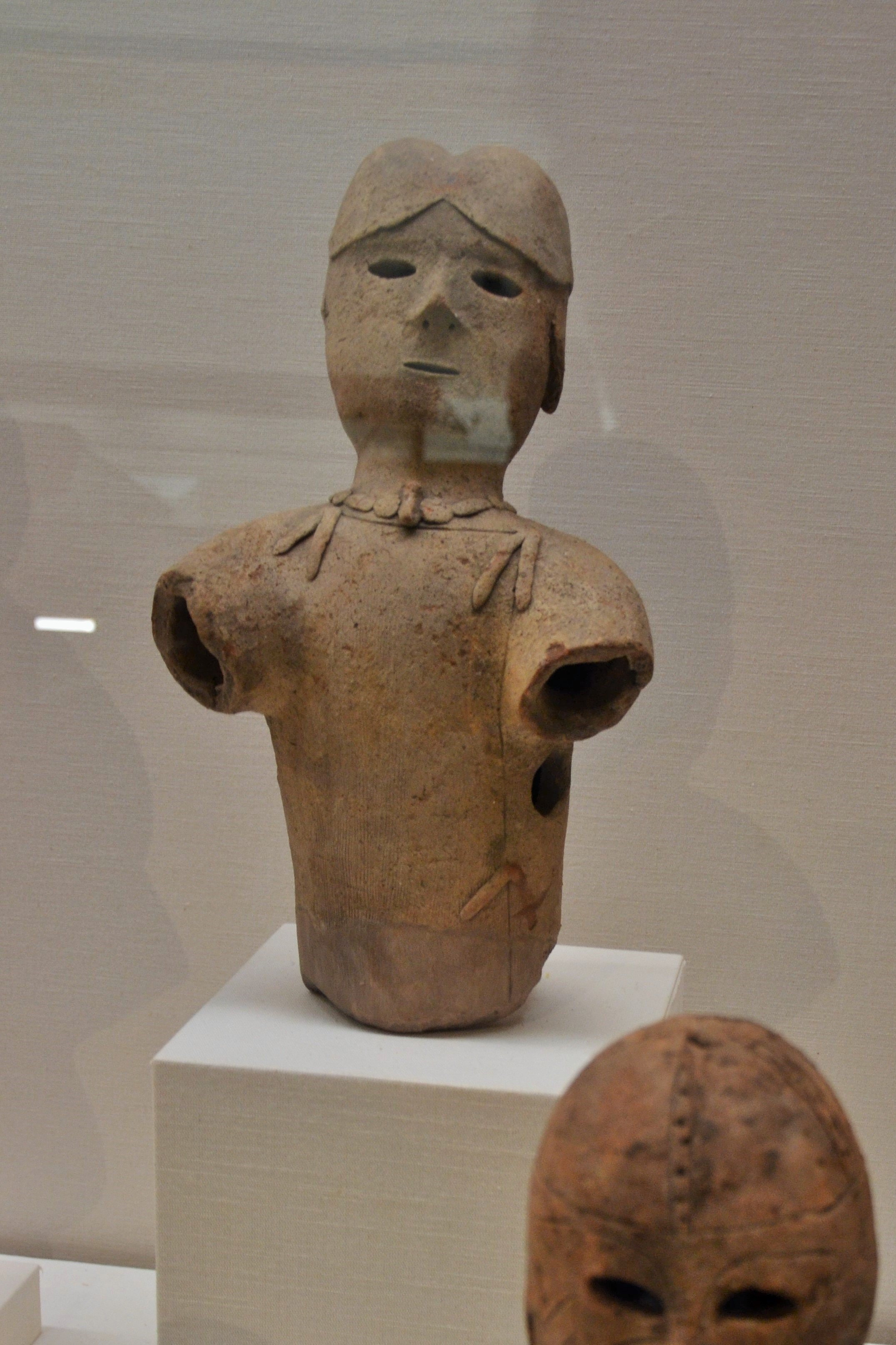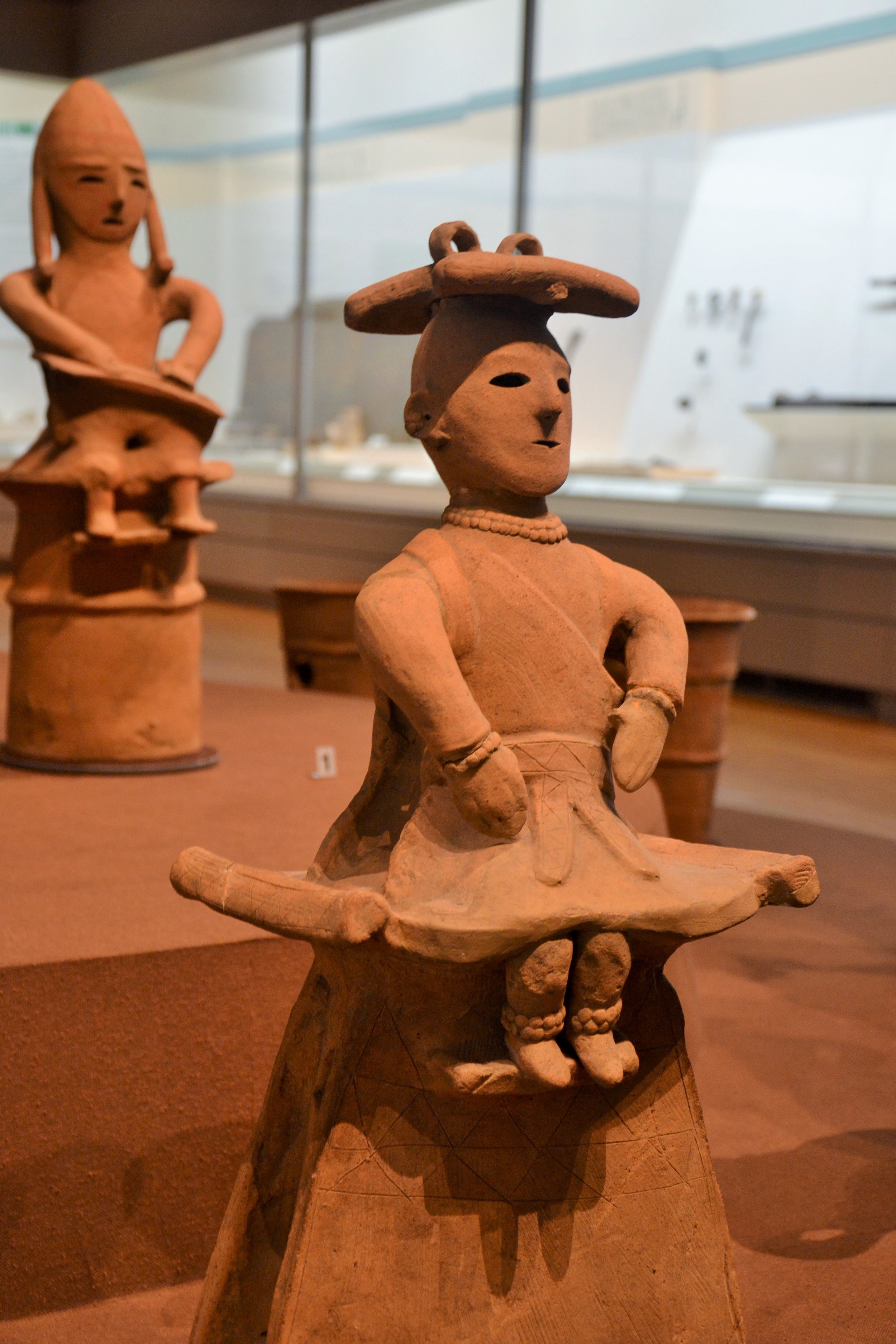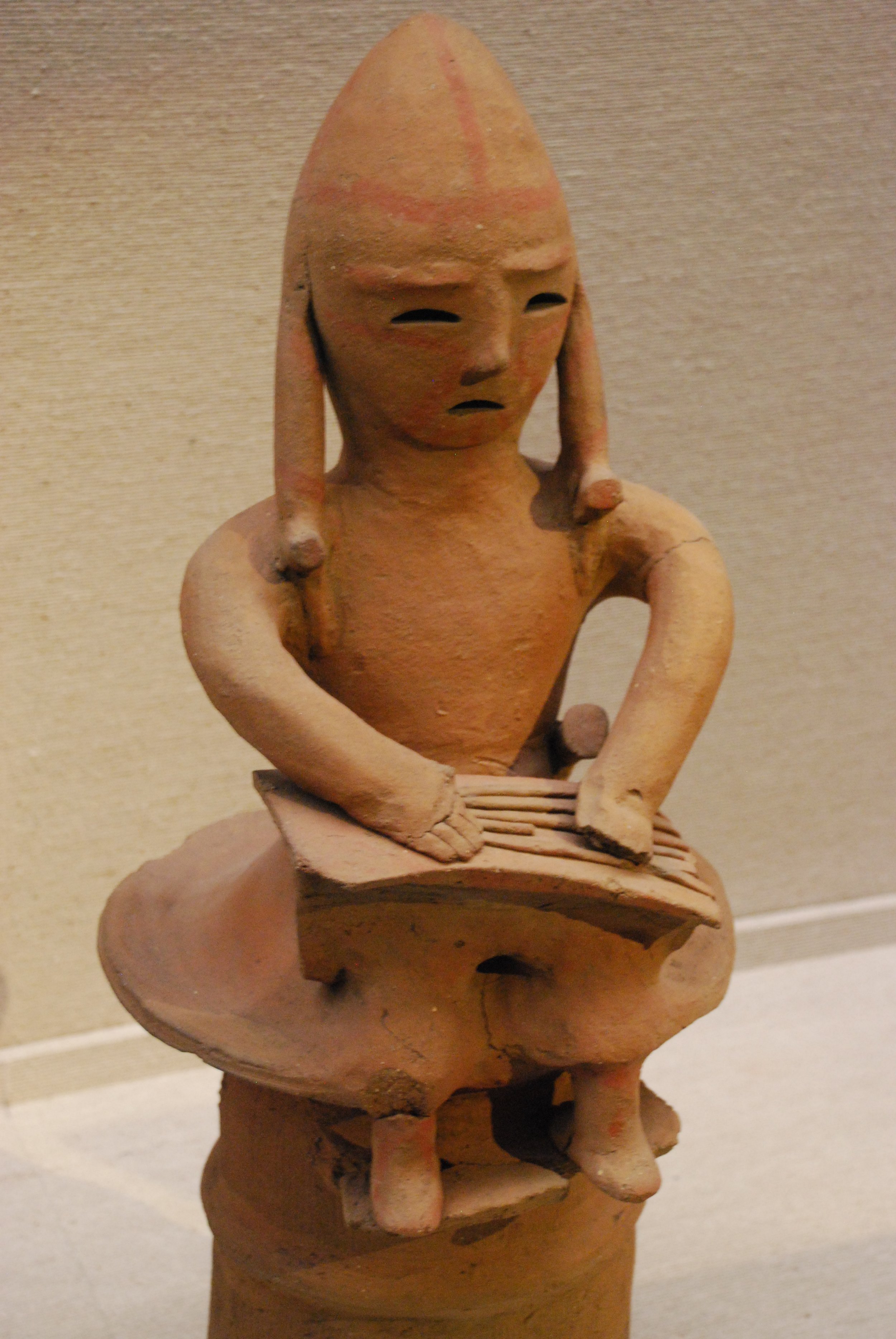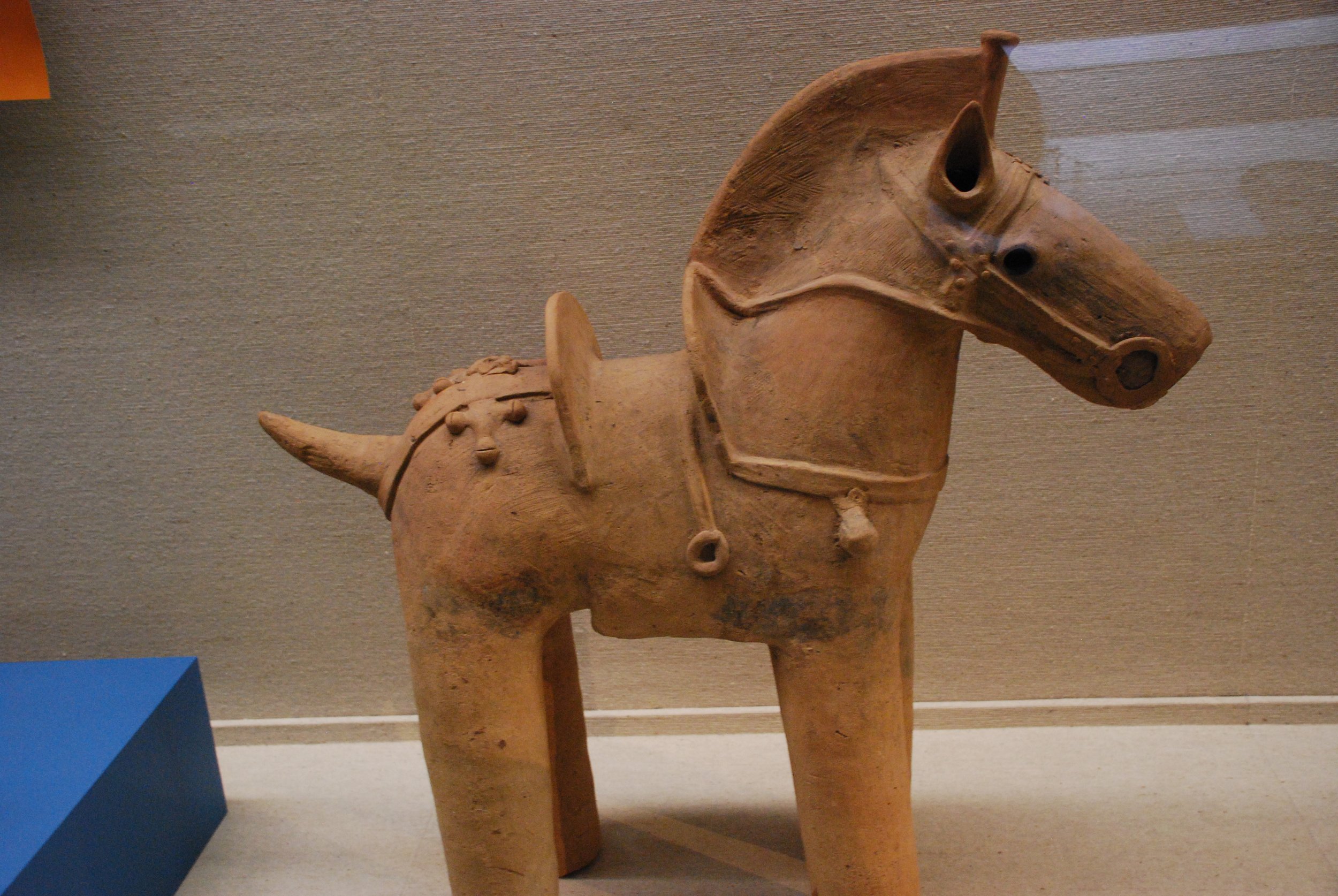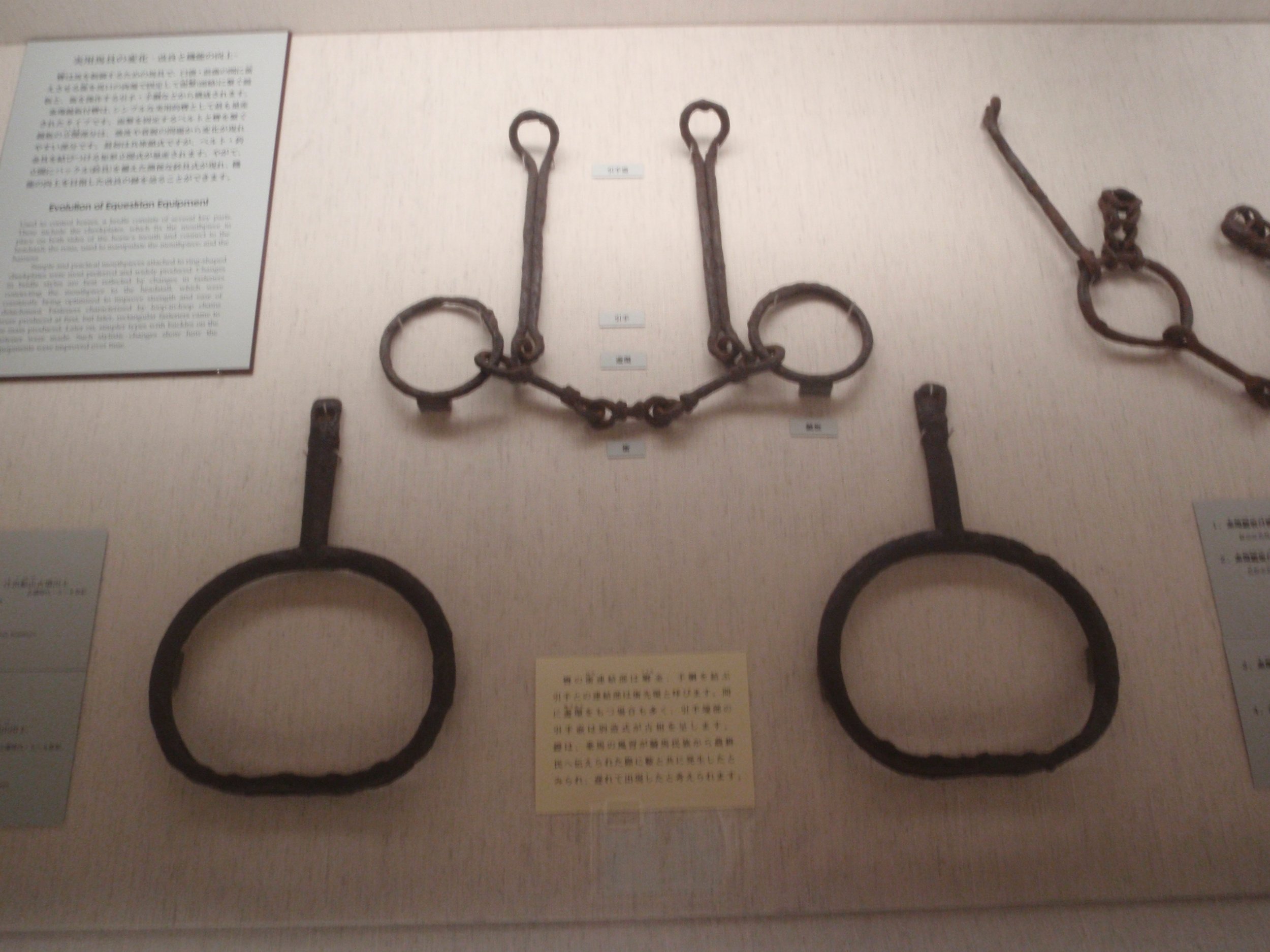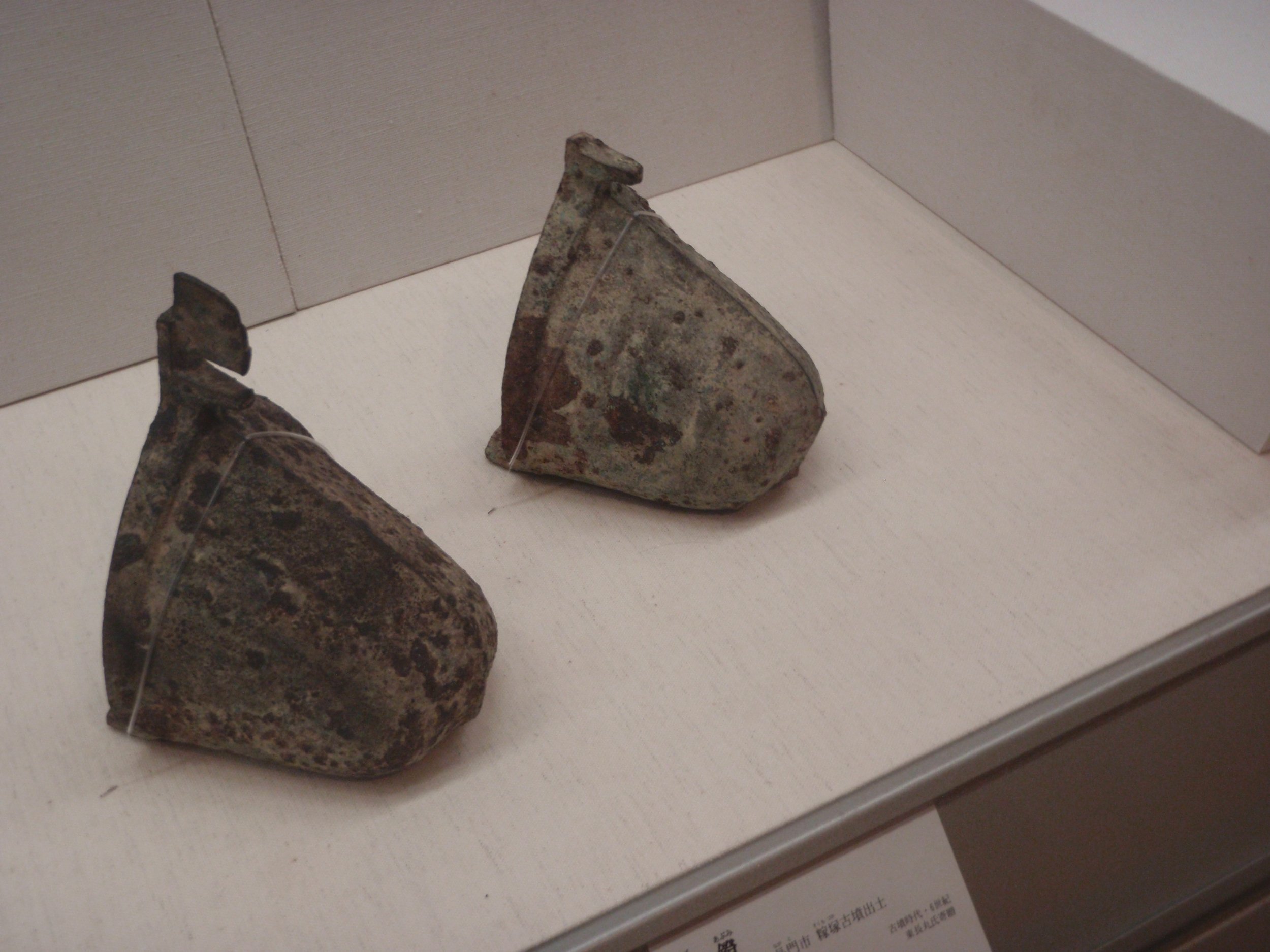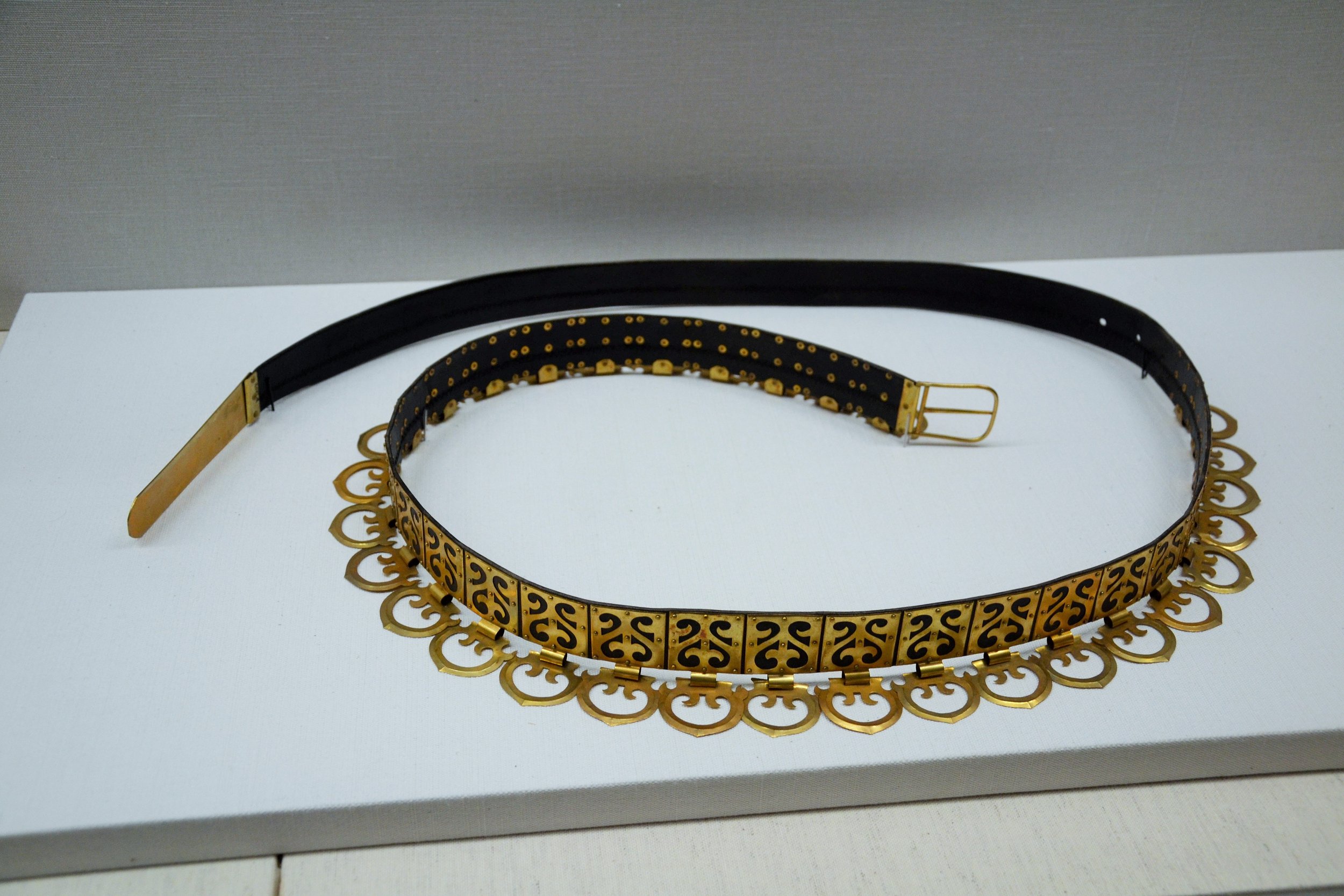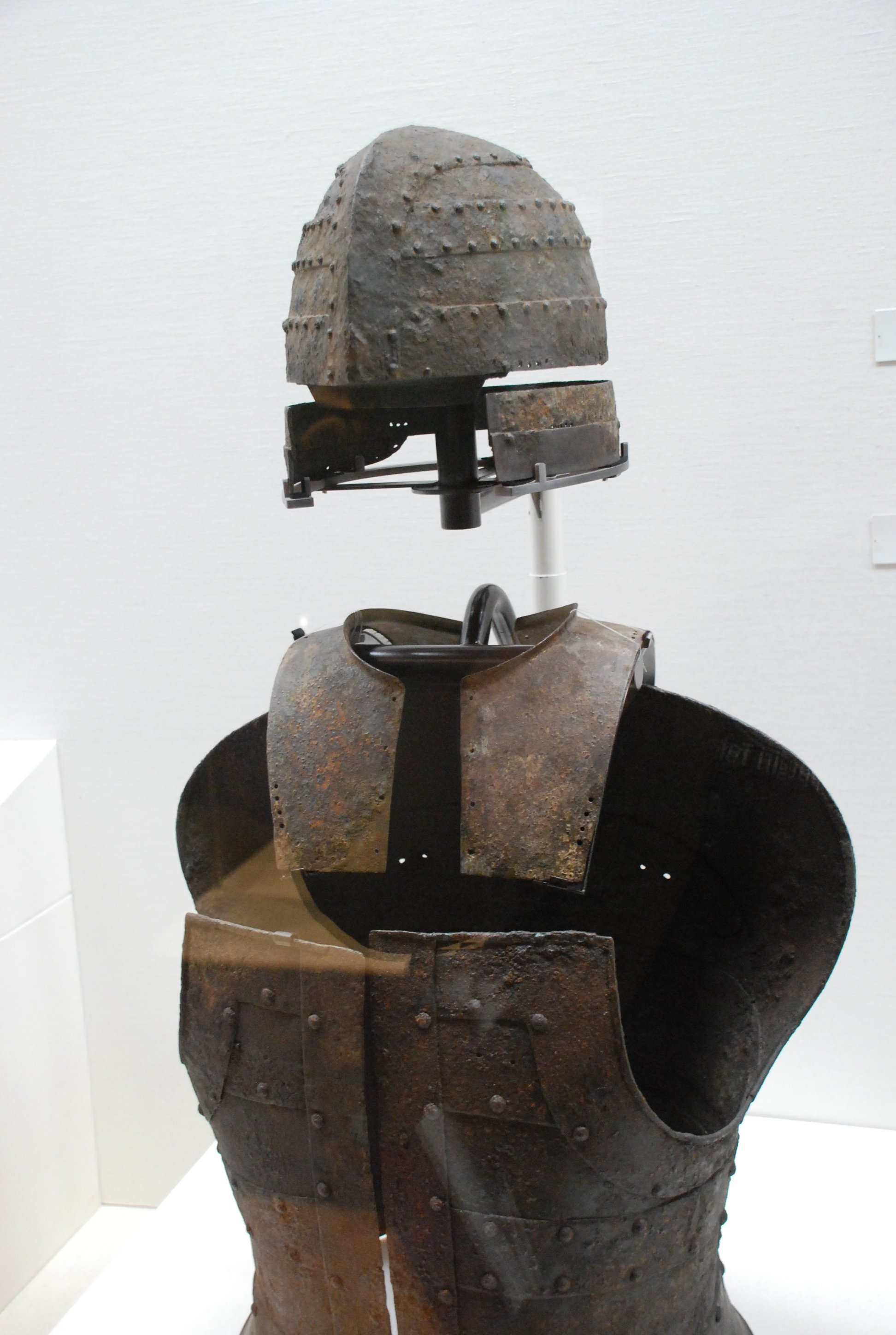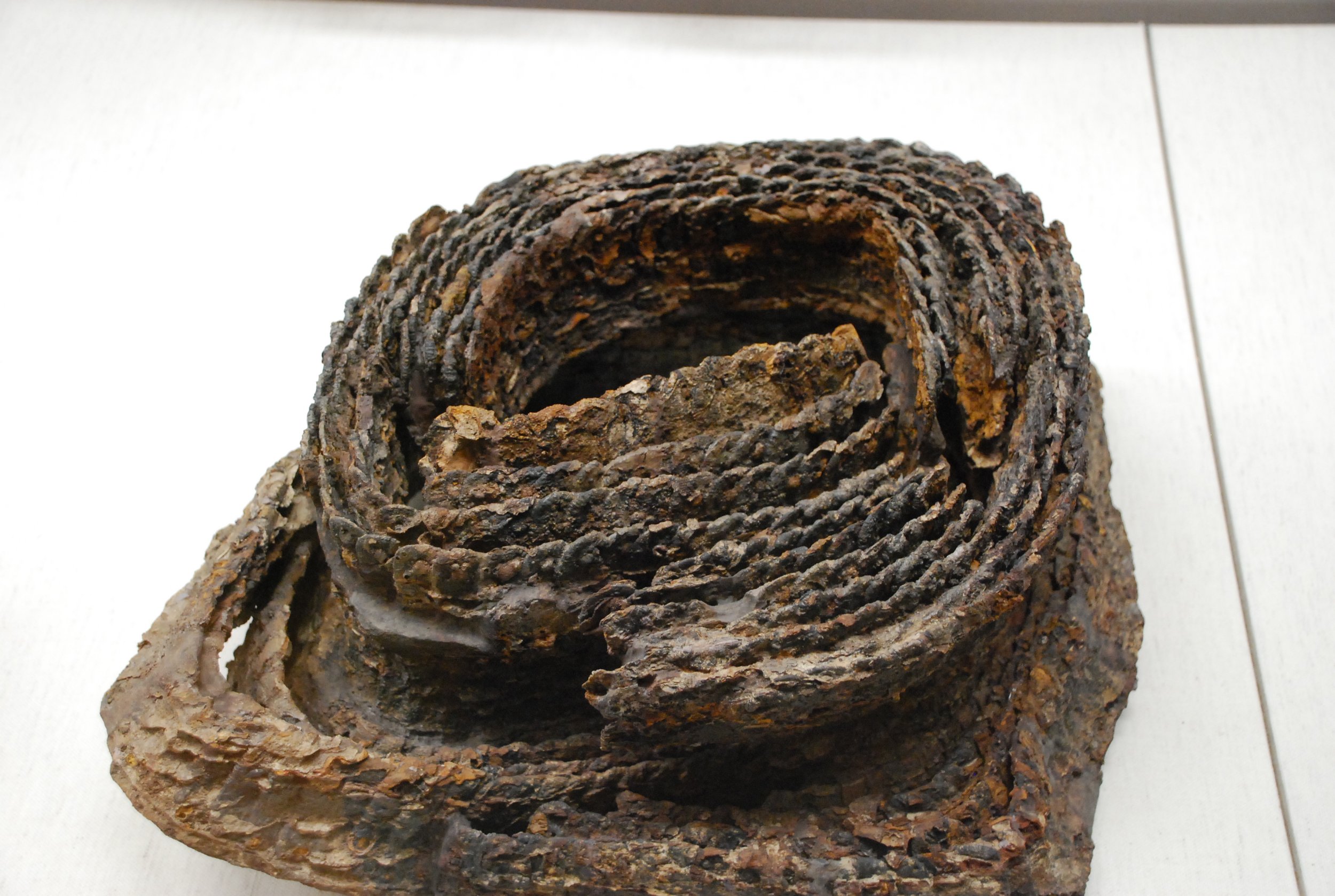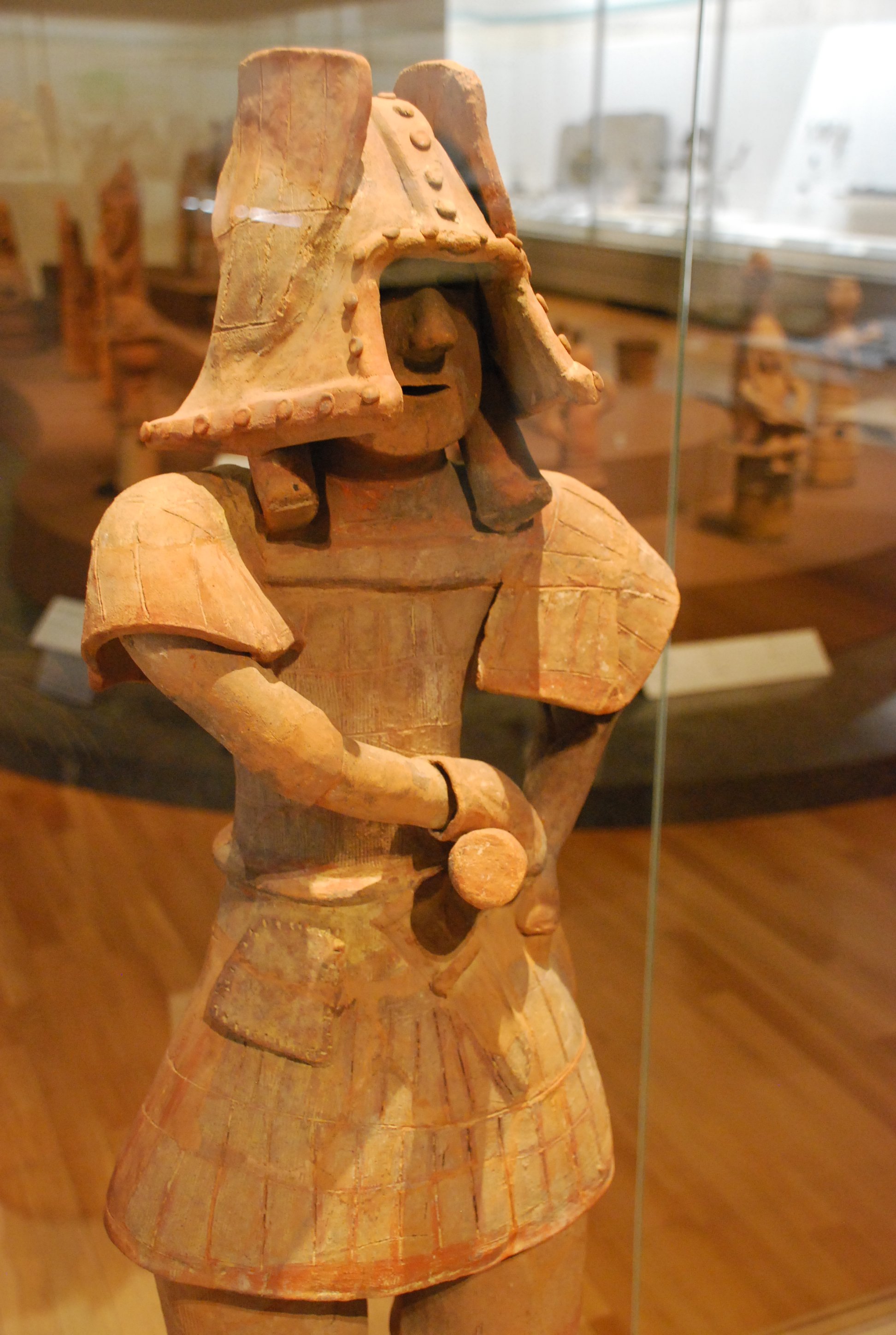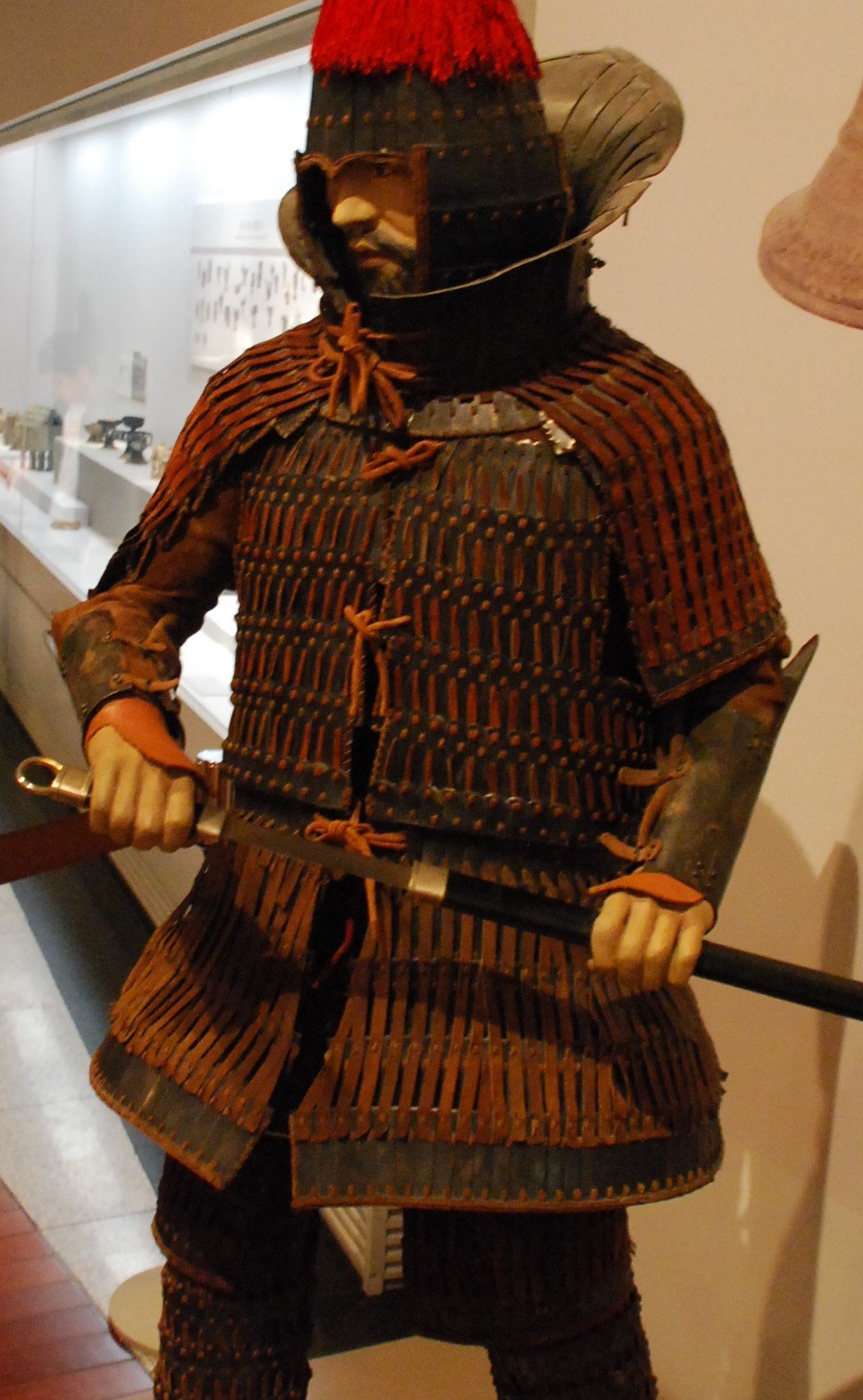Previous Episodes
- January 2025
- December 2024
- November 2024
- October 2024
- September 2024
- August 2024
- July 2024
- June 2024
- May 2024
- April 2024
- March 2024
- February 2024
- January 2024
- December 2023
- November 2023
- October 2023
- September 2023
- August 2023
- July 2023
- June 2023
- May 2023
- April 2023
- March 2023
- February 2023
- January 2023
- December 2022
- November 2022
- October 2022
- September 2022
- August 2022
- July 2022
- June 2022
- May 2022
- April 2022
- March 2022
- February 2022
- January 2022
- December 2021
- November 2021
- October 2021
- September 2021
- August 2021
- July 2021
- June 2021
- May 2021
- April 2021
- March 2021
- February 2021
- January 2021
- December 2020
- November 2020
- October 2020
- September 2020
- August 2020
- July 2020
- June 2020
- May 2020
- April 2020
- March 2020
- February 2020
- January 2020
- December 2019
- November 2019
- October 2019
- September 2019
This episode we look at the Sui Dynasty and the famous exchange between the Sui and Yamato. The Sui Dynasty is relatively short-lived—only two rulers to speak of, it lasted from 581 to 618, so not quite forty years. And yet, in that time, they accomplished a lot and set the stage for the later Tang Dynasty.
It is hard to say exactly when many of the various influences came over to Yamato, but we can see in the art and literature many things that we also find in Japan. Below are the sun and moon, represented by a rabbit with a mortar and pestle and a three legged bird. These are both from the Northern Zhou period, just preceding the Sui dynasty. Combined with Buddhism and all of the trappings of the court, even if the Sui dynasty would not last, Yamato was only absorbing more and more of the continental culture, and that would continue into the Tang dynasty.
The three legged bird in the sun, often used in Japan to represent the Yatagarasu that guided Jimmu.
-
Welcome to Sengoku Daimyo’s Chronicles of Japan. My name is Joshua and this is Episode 96: From the Land Where the Sun Rises.
Once again, we are still talking about the reign of Kashikiya Hime, from the late 6th to early 7th century. This time, though, we are going to take a quick diversion from Yamato and first look at what was going on over on the continent, in the area of the Yellow and Yangzi River Basins—the area of the so-called “middle country”. This is, after all, where a lot of the philosophy and other things that the archipelago was importing came from, so what was going on over there?
Back in Episode 73, ee talked about the various northern and southern dynasties in the Yellow and Yangzi River Basins. To sum up, during that period, the eastern area of modern China was split between a variety of dynasties, many of them short-lived, and many of them—especially in the north—were dynasties from outside of the main Han ethnic group.
Up through the early 580’s, the dynasty in charge of the Yellow River region was the Northern Zhou, one of the many dynasties in the north descended from the nomadic Xianbei ethnic groups. Though their aristocracy was a mix of multiple ethnicities that had intermarried over the years, the Northern Zhou celebrated their Xianbei roots, often to the detriment of ethnic Han groups. They had inherited the territory of the Western Wei, including much of the central Yangzi region down to Sichuan. They then defeated the Northern Qi in 577 and claimed dominion over all of the Yellow River region in the north of modern China. Their only rival was the Chen dynasty, along the eastern reaches of the Yangzi river, but the Chen themselves were relatively weak, and it was only the power struggles within the Northern Zhou court that kept them from wiping out the Chen completely.
In 581, the Northern Zhou suffered a coup d’etat. Yang Jian was a Northern Zhou general, and his family, the Yang clan, had Han origins but had intermarried with the Xianbei as well, creating a truly mixed lineage. Jian also held some sway at court, and was known as the Duke of Sui—his daughter was the Empress Dowager, and her stepson was the young Emperor Jing. In 581 Yang Jian usurped power from his step-grandson, the child emperor Jing, and placed himself on the throne, taking the name Emperor Wen of Sui, using his previous title as the name of the new dynasty.
He killed off fifty-nine princes of the previous Northern Zhou, and began to consolidate his power. By 587, he had strengthened his position, and by 588 invasion of the Chen territories began under Prince Yang Guang. By 589, the Chen were defeated and any attempts at rebellion were put down, giving the Sui dynasty full control of northern and southern regions—from the Yellow and Yangzi Rivers down to the Sichuan basin.
Although, as I noted, the Yang family had intermarried with the Xianbei families of the Northern Zhou, they still retained some connection with their Han roots, and Emperor Wen won over the Han Confucian scholars with reforms to the rank system and at least a nod towards getting rid of nepotism and corruption that had taken hold in the Northern Zhou and previous dynasties. He reinstituted Han dynasty titles and restored the nine rank system. He also reinstituted a system of impartial judges to seek out talent and moved towards the idea of an examination system—something that would really take hold in later centuries.
Furthermore, while he set himself up in the northern capital of Daxingcheng, aka Chang’an, he helped rebuild the southern capital, naming it Dayang. He also supported Buddhism and Daoism. He became a patron of southern Buddhist monasteries, and recognized major temples as state-sponsored institutions—a far cry from the suppression attempts in the north in 574 and 578.
Emperor Wen also worked on repairing canals along the Yellow River. These canals, which allowed easy transport of goods, regularly silted up without maintenance, and the dikes on either side could break, flooding the land on either side. They had been neglected during many of the short-lived reigns up to this point, with perhaps a few exceptions when things got really bad. However, Emperor Wen began work to fix these old canals and thus improve the flow of goods and services.
Given all of this - his patronage of Buddhism and Daoism, as well as his attempt to resurrect the Han dynasty and the Confucian principles that underlay its government, as well as the public works that he instituted, Yang Jian, aka Emperor Wen of Sui, is remembered as the Cultured Emperor—despite that fact the had started out as a blood-soaked general who had secured his usurpation with a not inconsiderable amount of murder. Sima Guang, writing from the Song dynasty, centuries later, praised Emperor Wen for all he did to grow the Sui, uniting north and south, supporting the people, and helping the country to prosper as it rarely has before. And yet, Sima Guang also says that in his personal life he was mean and stingy and paranoid—afraid that everyone was out to get him. Given the life he’d lived, that would make some sense. Still, he seems to have been good for his people, in the long run.
But this wasn’t to last. In 604, Emperor Wen fell ill and died. Or at least that is the official story. Another says that he had grown angry over some event and was about to disinherit the crown prince, Yang Guang, who sent someone to kill his father. That is a very abbreviated version of the story, and, as I said, it is not without controversy.
However he died, his son, Yang Guang, succeeded him to the throne and became known as Emperor Yang. Emperor Yang continued to expand the empire, and under his dynasty the Sui would attain their greatest extent yet. He rebuilt parts of the Great Wall, and expanded the borders south, into modern Vietnam, as well as up to the borders with Goguryeo. He also continued the work his father had begun on canals, eventually undertaking the creation of the Grand Canal, which would connect the Yellow and Yangzi Rivers. No longer would the two be separate, forced to send goods out to sea or over treacherous land routes to get from one river basin to another. Now they could sail ships straight from one river to the other—an impressive feat that you can still see today in parts of modern China. The project would forever change the landscape of China, both literally and figuratively. It connected the north and south, leading to greater political, economic, and cultural unity between the two regions. It would connect the culture and economic resources of the south with the military institutions of the north.
Unfortunately, for all that this expansion may have been good for commerce, it came at a price. The wars in Champa, in Southern Vietnam, saw thousands of Sui soldiers die from malaria. And then, in the north, though they continuously pushed against Goguryeo, they were never quite able to overthrow them. Finally, there was the Grand Canal. Although it would truly be a wonder of the world, and become a part of the lifeblood of dynasties for centuries to come, it was built at a huge price both monetarily and in human lives. We can assume a large number of people died as conscript labor working on the canals or on refurbishing the Great Wall, but also we are told that the monetary price largely bankrupted the empire, and for which later historians castigated the Sui dynasty
But that was still to happen. For our purposes, we should rewind a bit, to the very beginning of the 7th century. As we touched on last episode, Yamato was just adopting their own twelve rank system and a seventeen article constitution shortly after Emperor Wen passed away and Yang Guang took the throne.
Now these 17 articles were almost all based on Confucian or Buddhist philosophy; clearly the Court was looking to the continent more and more for inspiration on how to govern, especially as it further expanded and solidified its grasp across the archipelago. Up to this point, much of that innovation had come through the Korean peninsula, by way of Silla, Goguryeo, and, most prominently, their ally Baekje. But no doubt they knew that much of what was influencing those kingdoms had, itself, come from even farther away.
And so, this reign, the Chronicles record that Yamato once again sent envoys beyond their peninsular neighbors all the way to the Middle Country itself. This is significant as they were making direct contact with the mighty empire, the source of so many of the philosophical and scientific innovations that Yamato was trying to adopt. This wasn’t the first time this had happened, of course—we know of the cases of state of Na contacting the Han court, and then Himiko of the Wa during the Wei period, as well as several missions immediately after Himiko’s death. We also know of the five kings of Wa who reached out to the Liu Song court, though the Chronicles themselves are often silent on actual embassies, making it hard to tell exactly which reigns that occurred in, though it is generally agreed that one of those “Five Kings” was none other than Wakatakiru himself, Yuuryaku Tennou.
There may have been other missions. There seems to be some discussion amongst the Liang dynasty records that may indicate greater contact with Japan, but again, we don’t necessarily see that in the records themselves. Furthermore, with the fractured nature of the various dynasties since the Han period, and the various conflicts on the peninsula and in the archipelago, it would be understandable if there hadn’t been much direct diplomatic contact since about the time of Wakatakiru.
And so it is a pretty big thing that we not only have an envoy around the year 608, but that there appears to be agreement for it in the Sui history—though there is one glaring mistake: in the Nihon Shoki they clearly say that they sent envoys to the “Great Tang”, and not the Sui. However, this is fairly easily explained. By the 8th century, as the records were being compiled, the Tang dynasty was, indeed, in control of the Chinese court. In fact, the Tang dynasty was so admired by the Japanese of the day that even now the term “Karafu”, or “Chinese style”, uses the character for the Tang dynasty, rather than the Han. On the one hand it seems as though the scholars of the 8th century would surely have known of the Sui dynasty coming before the Tang, but it is also understandable that anyone would have just thought of the successive courts as a single continuity. Either way, I’ll talk about the Sui dynasty, and it is in the Sui dynasty records that we find the corresponding description of this embassy.
It starts on the 3rd day of the 7th month of 607. The Chronicles tell us that Wono no Omi no Imoko was sent to the Sui court, taking along Kuratsukuri no Fukuri as an interpreter. You may recall that the Kuratsukuri, or saddle-makers, claimed a descent from Shiba Tattou, himself from the continent. It would make sense to take someone on this diplomatic exhibition who could actually speak the language or, failing that, read and write it - a peculiar function of the Chinese language, since the various dialects, though often mutually unintelligible, still use the same characters.
Imoko, by the way, may have also had important connections, but in this case it was to the Soga. We are told in the Nihon Shoki that Imoko was known in the Sui Court as “So Imko”, and the “So” character is the same as the first character in the name “Soga”. It is possible that Imoko was, indeed, a Soga family member, and the name Wono no Omi may have come later. Or it is possible that he was forgotten for some reason.
On the Sui side, we are told that in the year 607 there was an envoy sent with tribute from King Tarashihoko, which may have been another name for Kashikiya Hime, or perhaps it was simply an error caused by the problems with attempting to record foreign names in Sinitic characters.
The arrival of the embassy must have been something else, especially as they came upon the capital city. Wen’s capital city, that of Daxingcheng, was a new city, built just southeast of the ancient city of Chang’an, which was in a sad state of decay, despite hosting so many rulers over the centuries, including the Northern Zhou themselves. Wen had laid out a new plan of a permanent, rectangular city, with the royal palace taking up the northern central district. Buddhist and Daoist temples were scattered throughout the city.
The city itself was five to six miles a side, and so it would take time to truly build it out. However, first the walls were set up, and then the palace area, so that Wen effectively moved into an empty city when he arrived in 583. Many people were forcibly resettled, and members of the new royal family were encouraged to set up their own palaces, but it would take time to truly fill up—by the end of the Sui dynasty, and the beginning of the Tang, the city was still being built, and it wouldn’t see its ultimate heyday as a vibrant urban capital until the Tang dynasty.
And so when the Yamato delegation arrived in 608, they would have seen the impressive walls and the immense palace, but in all likelihood, much of the city was still being built, and there was likely construction on every block. Nonetheless, the sheer size would have to have made an impression on them—nothing like this existed in the archipelago in the slightest.
On the other hand, the Sui had their own curiosities about Yamato. The history of the Sui, written only twenty to thirty years afterwards, starts out its account with a description of the Land of Wa. Some of it is taken directly from the Wei histories, recounting what was previously known about these islands across the eastern sea—we talked about that back in episodes 11 to 13. The Sui history summarizes these previous historical accounts, including mention of envoys that came over during the Qi and Liang dynasties—between 479 and 556—though little more is said.
Then the Sui history mentions an envoy that is said to have arrived in the early part of the Sui—the Kaihuang era, between 581-600. We are told that this was for a “King” whose family name was Ame and his personal name was Tarashihiko, with the title of Ohokimi—at least, assuming we are transliterating correctly, as the characters used have slightly different pronunciations. That could easily be attributed to just mistranslations. Even the family and personal name are familiar, but not exactly attributed in the Chronicles—though we have seen the elements elsewhere in the royal family, and it may be that they were also titles, of a sort. Also, they mention a King, but that could also just be due to the fact that the Ohokimi was not a gendered title, and as such the Sui simply assumed a male ruler. There is no evidence of this in the Chronicles for this, however it is said that at that time they looked into the ways of the Wa and they were told that “The King of Wa deems heaven to be his elder brother and the sun, his younger. Before break of dawn he attends the Court, and, sitting cross-legged, listens to appeals. Just as soon as the sun rises, he ceases these duties, saying that he hands them over to his brother.”
This is likely a misunderstanding, once again, but it rings with some truth. Even if we discard some of the legends about Amaterasu as later additions, there is plenty of linguistic and cultural evidence that the sun held a special place in Wa culture. There is also the article in the new constitution about starting early to work that might just be referenced here.
We aren’t sure when, exactly, the Sui collected this information—though given that it was written within living memory of many of the events, a lot of the information is considered to at least be plausible, if perhaps a bit misunderstood at times. The Sui history specifically mentions the twelve court ranks—in fact, it is possible that the Chronicles, compiled in the 8th century, were actually referencingthis earlier history about the ranks, though we know that ranks continued in one way or another. It also makes the comment that there were no regulated number of officials in each rank—that would certainly be the case later, and makes sense when the ranks also dictated how much of a salary that one could expect from the court. Then, outside of the court they mention the “kuni”—the kuni no miyatsuko—and then claimed that each kuni no miyatsuko oversaw about 10 inaki, officials in charge of the royal granaries, who each oversaw 80 families. It is doubtful that these numbers were that precise, but it gives an interesting concept of scale.
The Sui history also tells us about other things that the Chronicles tend to leave out. We are told that the men wore both outer and inner garments, with small (likely meaning narrow) sleeves. Their footgear was like sandals, painted with lacquer, which sounds not unlike geta, which we do have evidence for going back into the Yayoi, at least, though this was only for the upper crust—most people just went barefoot, wearing a wide piece of cloth tied on without sewing.
We do get a hint at the headgear that was instituted along with the court rank system, by the way, but only a glimpse. We are told that it was made of brocade and colored silk and decorated with gold and silver inlaid flowers, which does correspond to some of what we know from the Chronicles.
As for the women of Yamato, we are told that they arrange their hair on the back of the head, and they wear outer garments and scarves with patterns. They have decorative combs of bamboo as well. They also wore tattoos, as did the men. Much of this, including the tattoos, accords with what we have evidence of in the Haniwa from the 6th century and later.
For sleeping arrangements we are told that they weave grass into mattresses—possibly the origin of the later tatami that would originally just be woven mats but eventually turned into a type of permanent flooring. For covers we are told they used skins lined with colored leather—a curious blanket, and one wonders if this was for everyone or just the upper crust.
We are given some discussion of their weapons and armor, including their use of lacquered leather and the fact that they made arrowheads out of bone. We also know they used metal, but bone was likely the more prevalent material, as losing a metal arrowhead was much more costly than losing a bone one.
Interestingly we are told that, though there is a standing army, wars are infrequent—which may have been accurate in relation to what the Sui themselves had gone through and seen, since it seems like they were almost constantly fighting somewhere along their borders. But Yamato was far from peaceful, and it is telling that the court was accompanied by music and displays of military might.
As for the justice system, we talked about this a little bit in previous episodes, based on various punishments we’ve seen in the archipelago, though the Sui history gives us a slightly more direct description. It claims that there were some high crimes punished by death. Others were punished with fines, often meant to make restitution to the aggrieved. If you couldn’t pay you would be enslaved to pay for it instead. They also mention banishment and flogging. All of this is in line with some of what we’ve seen in the Chronicles, though it also seems like some of this may have also depended on other factors, including the accused’s social status. After all, not everyone had rice land that they could just turn over to wipe out their misdeeds.
Then there were the various judicial ordeals. We’ve mentioned this idea , with the idea that somehow the righteous would be protected from injury. These included things like pulling pebbles out of boiling water, or reaching into a pot to grab a snake and hoping he doesn’t bite you. There are also various tortures designed to get one to confess.
In discussing literacy, the Sui histories mention that the Wa have no written characters—and at this point, the writing would have been some form of Sinic characters, assuming one could read and write at all. Instead, the Sui anthropologists said that the Wa used notched sticks and knotted ropes as a means of conveying messages. How exactly that work, I’m not sure, but there are certainly cultures that we know used things like knotted rope for various math and conveying numbers, etc.
In regards to religion, the Sui noticed that Buddhism had taken hold, but it had not gotten rid of other practices. Thus we know they practiced forms of divination and had faith in both male and female shamans.
In their free time, people would enjoy themselves. On New Year’s day, they would have archery tournaments, play games, and drink—the Sui said that it was very much like how they themselves celebrated.
Coromorant fishing and abalone diving—well, diving for fish—are both noted already. Again, these are activities that continue into the modern day.
At dinner we are told that the people do not eat off of dishes or plates, but instead use oak leaves. We’ve seen mention of this kind of practice, and that may have just been a particular ritual or ceremony that made its way back.
Finally, there are the rituals for the dead. We are told people wear white—white is often considered the color of death in Japan, even today. They would have singing and dancing near the corpse, and a nobleman might lay in state—in a mogari shelter or temporary interment—for three years. Certainly, we’ve sometimes seen it take a while, especially if the kofun isn’t ready to receive the body, yet. Commoners apparently would place the body in a boat which was pulled along from the shore or placed in a small palanquin—though what happens after that is somewhat of a mystery.
The Sui envoys writing about this also apparently experienced an active period of Mt. Aso—or another mountain so-named—as they said it was belching forth fire from the rocks. As we’ve mentioned, the archipelago is particularly active, volcanically speaking, so I’m not surprised that an envoy might have had a chance to get to know a little more about that first hand.
Having described the country thus, the Sui Chronicles go on to describe the embassy that came over in the year 607. According to the history as translated by Tsunoda Ryusaku and L. Carrington Goodrich, the envoy from Yamato explained the situation as such: “The King has heard that to the west of the ocean a Boddhisattva of the Sovereign reveres and promotes Buddhism. Accompanying the embassy are several tens of monks who have come to study Buddhism.” This is great as we see some of the things that the Japanese scholars left out—that there were Buddhists on this mission. For many, getting to the monasteries and temples of the Middle Kingdom was almost as good as making the trip all the way to India.
Over all, the embassy appears to have been largely successful in their mission. The ambassador, Imoko, came back with an envoy from the Sui, Pei Shiqing, along with twelve other individuals. It is thought that this may have been the same embassy that then reported back to the court all of the various details that the later Sui history captured.
According to the Sui dynasty history, the embassy first headed to Baekje, reaching the island of Chiku, and then, after seeing Tara in the south, they passed Tsushima and sailed out in to the deep ocean, eventually landing on the island of Iki. From there they made it to Tsukushi, and on to Suwo. They then passed through some ten countries until they came to the shore.
Now, Naniwa no Kishi no Wonari had been sent to bring them to court and they had a new official residence erected for them in Naniwa—modern Ohosaka. When they arrived, on the 15th day of the 6th month of the year 608, Yamato sent out thirty heavily decorated boats to meet them—and no doubt to make an impression as well. They met them at Yeguchi, the mouth of the river and they were ensconced in the newly built official residence.
Official entertainers were appointed for the ambassadors—Nakatomi no Miyatoko no Muraji no Torimaro, Ohohoshi no Kawachi no Atahe no Nukade, and Fume no Fumibito no Oohei. Meanwhile, Imoko continued on to the court proper to report on his mission.
Unfortunately, for all of the goodness that came from the whole thing, the trip had not been completely flawless. The Sui court had entrusted Imoko with a letter to pass on to the Yamato court, but the return trip through Baekje proved… problematic, to say the least. We are told that men of Baekje stopped the party, searched them, and confiscated the letter. It is unclear whether these were Baekje officials or just some bandits, but the important thing was that Imoko had lost the message, which was a grave offense. The ministers suggested that, despite all of his success, Imoko should be banished for losing the letter. After all, it was the duty of an envoy to protect the messages between the courts at all costs.
In the end, it was agreed that, yes, Imoko should be punished, but that it would be a bad look in front of their guests. After all, he had just represented them to the Sui Court, and so Kashikiya Hime pardoned Imoko of any wrongdoing.
A couple months later, on the 3rd day of the 8th month, the preparations had been made and the envoys formally approached the palace. There were met on the Tsubaki no Ichi road by 75 well-dressed horses—the Sui history says two hundred—and there Nukada no Muraji no Hirafu welcomed them all with a speech.
After finally reaching the location of the palace, it was nine more days before the Sui envoys were formally summoned to present themselves and state their reason for coming. Abe no Tori no Omi and Mononobe no Yosami no no Muraji no Idaku acted as “introducers” for the guests, announcing who they were to the court. Then Pei Shiqing had the various diplomatic gifts arranged in the courtyard, and then presented his credentials to the court. Then, bowing twice, he gave his own account of why he had been sent—he announced greetings from the Sui emperor, recognized the work of Imoko, and then provided an excuse that the emperor himself could not make it due to his poor health. That last bit I suspect was a polite fiction, or perhaps an erroneous addition by the Chroniclers. After all, it isn’t like the Sui emperors were in the habit of just gallivanting off to an unknown foreign land—especially one across the sea.
After delivering some polite niceties, Shiqing also provided a detailed list of all of the diplomatic gifts that they had brought.
The dance that happened next is telling. In order to convey Pei Shiqing’s letter to the sovereign, it wasn’t like they could just hand it. There were levels of protocol and procedure that had to be observed, and so Abe no Omi took the letter up and handed it to Ohotomo no Kurafu no Muraji, who in turn placed it on a table in front of the Great gate where Kashikiya Hime could then get it. This setup is similar to the later court, where only certain individuals of rank were actually allowed up into the buildings of the palace, whereas others were restricted to the ground.
After that formal introduction, there was a month or more of parties for the envoys, until finally they had to return to the Sui court. When they departed, they were sent with eight students and Imoko, who was bringing another letter back to the Sui Court. The students were all scheduled to study various disciplines and bring the knowledge back to the Yamato court. But that wasn’t quite so special, or at least we aren’t given much more on the specifics of what the students brought back..
What really stands out in the Sui histories is the contents of the formal letter that Imoko was carrying, as it had a phrase that will be familiar to many students of this period of history, and which really connects across the Japanese and Sui histories, despite other inconsistencies. It read: “The Son of Heaven in the land where the sun rises addresses a letter to the Son of Heaven in the land where the sun sets. We hope you are in good health.” Or at least, that is how the Sui histories record it. In the Nihon Shoki they say something similar, “The Emperor of the East respectfully addresses the Emperor of the West.” Here, rather than using “Child of Heaven”, the author made use of the term “Tennou” when referring to the Yamato sovereign, and then different characters were used for the Sui emperor. At the same time, that is one of the reasons that I give more credence to the Sui history.
Of course, however you slice and dice this thing, there are some major airs being taken by the Yamato sovereign. Thus it is no wonder that, when the Sui emperor heard this, he was displeased, to say the least, and he told his minister that the letter was discourteous and should never again be brought to his attention. So that’s a whole mood.
The reason for this offense may be obvious, as the letter paints the sovereign of Japan as equal to the emperor of the Sui dynasty. That was indeed a bold claim. As we mentioned towards the top of the episode, the Sui were just about at their zenith. They had defeated their enemies, taken control of both the northern and southern regions, expanded to their south and north, and they were using their vast reserves on massive public works. They were a large, established and still growing empire. Comparatively Yamato had, what, 100,000 households? No writing system. They were eating off of oak leaves. And yet they were taking on airs and claiming that they were equal to the Sui. That had to garner more than a few eyerolls, and I really wonder at the temerity of the officer who presented it up the chain, especially as they would have seen what the Sui was really like—a reality that most of envoys to the Sui court would have seen firsthand. There is also the fact that they claim to be the land where the sun rises while the Sui are the land where the sun sets, which may have just been referencing east and west in a poetic fashion, but on another level it is almost as if they were talking about the rise of Yamato and the fall, or setting, of the Sui.
I would note that we still don’t see the term “Land of the Rising Sun”, or “Nihon”, used for the name of the country yet—one of the reasons I continue to refer to Yamato and not just “Japan”. However, all of this is in keeping with the traditions of the Wa people as we know them—the sun was given a special place in their worldview, as demonstrated linguistically, and not just through the legends curated in the 8th century.
By the way, this exchange is mentioned in both the Sui History and the Nihon Shoki, but they place it in slightly different contexts. According to the Sui History, this was one of the first things that envoys said, whereas the version in the Nihon Shoki it was actually sent with the second mission. In either case, however, the content is relatively the same.
Certainly, as Japan continued to take on more and more trappings of the continental courts, they would eventually even take on the term Tennou—also read in Japanese as Sumera no Mikoto—to refer to the sovereign. This is basically saying that the sovereign is, indeed, a Heavenly Son, and which they would come to translate as “emperor”, in English. There would be other terminology and trappings that would reinforce this concept, which placed the sovereign of Japan in a position that at least locally seemed to be much more prestigious.
Imoko came back from this last diplomatic mission and was well beloved—some later sources even suggest that he may have been promoted for his diplomatic efforts. Oddly, however, we don’t really hear more, if anything, about Imoko, and he fades back into the past.
And so that covers much of the story of what Yamato was borrowing from the Sui and others during this period. Next episode—well, I’m honestly not sure what we’ll be covering next, as there is just so much going on during Kashikiya-hime’s reign. But stick around.
Until next time, then, thank you for listening and for all of your support. If you like what we are doing, tell your friends and feel free to rate us wherever you listen to podcasts. If you feel the need to do more, and want to help us keep this going, we have information about how you can donate on Patreon or through our KoFi site, ko-fi.com/sengokudaimyo, or find the links over at our main website, SengokuDaimyo.com/Podcast, where we will have some more discussion on topics from this episode.
Also, feel free to Tweet at us at @SengokuPodcast, or reach out to our Sengoku Daimyo Facebook page. You can also email us at the.sengoku.daimyo@gmail.com.
And that’s all for now. Thank you again, and I’ll see you next episode on Sengoku Daimyo’s Chronicles of Japan.
References
Como, Michael (2008). Shōtoku: Ethnicity, Ritual, and Violence in the Japanese Buddhist Tradition, ISBN 978-0-19-518861-5
Bentley, John. (2006). The Authenticity of Sendai Kuji Hongi: a New Examination of Texts, with a Translation and Commentary. ISBN-90-04-152253.
Kawagoe, Aileen (2009). “Caps and court rank: the Kan’i junikai system”. Heritage of Japan. Retrieved 10/1/2023.
Aston, W. G. (1972). Nihongi, chronicles of Japan from the earliest times to A.D. 697. London: Allen & Unwin. ISBN0-80480984-4
Tsunoda, Ryusaku (1951). Japan in the Chinese Dynastic Histories: Later Han Through the Ming Dynasties. Perkins Asiatic Monographs Number 2

